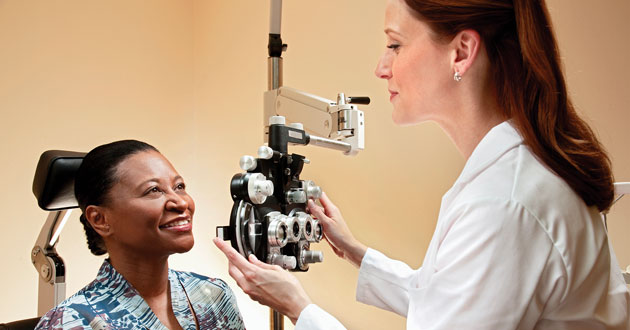Latest health findings may improve future wellness outcomes

When I was in junior high, my brothers and I would pull the manhole covers off the sewers in our City Heights neighborhood, ascend into the dark, cool abyss and joyfully round up king-sized cockroaches. The echo of the water beneath us, coupled with our screams of delight as we cupped our hands over these skittish insects, was challenging.
So why did we go to all the trouble for bugs?
These prized delicacies were the favorite food of the prickly European hedgehogs my mom and our family had hand-carried from Germany to donate to the San Diego Zoo.
The way our sleepy hedgehogs went after these giant roaches, it seemed as though they were starved, but our pampered pets were well fed. So why were these crunchy morsels their preferred meal? Years later, it turns out science is telling us eating bugs may be good for us! When it comes to water beetles, for instance, they contain more protein than a kidney bean. Caterpillars actually contain more protein and fat, gram for gram, than a turkey leg. When smoked, caterpillars can be stored for three months. Crickets, a common menu item in Asian countries, boast high amounts of calcium.
In 2013, the United Nations released a report, “Edible Insects,” that suggests we follow the lead of Africa, Thailand, Asia and Latin America and use insects to feed the estimated nine billion people expected to inhabit the earth by 2050.
In case you’re not leaning toward any of these new culinary suggestions for enhancing your dietary patterns, let’s explore some other interesting scientific findings from 2013 that may contribute to improved health. The approaches may be a bit more practical than millipede muffins or grasshopper green beans.
Joint Health: Last April, researchers reported in the International Journal of Preventive Medicine that acupuncture and isometric exercise, a form of strength training, significantly improved symptoms of osteoarthritis of the knees.
Brain and Memory: Cognitive performance improves after stretching and flexibility exercise, according to The Journal of Physical Activity and Health. The study, involving 30 college-aged students, showed that cognitive performance, reaction time and accuracy improved significantly after the exercise session, Additionally, The American Journal of Clinical Nutrition reported nearly a year ago that DHA, a component of fish body oils, supports memory and reaction time.
Strength and Balance: Pilates exercise improved balance and strength in older adults, according to a study published in August 2013. Pilates is a resistance exercise system focused on improving flexibility, strength and body awareness. The subjects included 30 older ambulatory adults with an average age of 69 years. The benefits from participating in the study lasted for at least a year.
Cancer, Type 2 Diabetes and Heart Disease: British researchers at The Institute of Food Research in the UK obtained the first evidence from human studies of how diets rich in “glucoraphanin” a newly discovered compound found in broccoli, cabbage, Brussels sprouts and other cruciferous vegetables, can actually re-tune metabolism and cellular processes as we age.
Heart Disease and Carbohydrate Intake: In September, The American Journal of Epidemiology reported that high carbohydrate intake is associated with increased risk in coronary heart disease. Cardiovascular disease remains the leading cause of death in the United States in both men and women of every major ethnic group. The investigators determined that 117,000 Asian participants—without a history of diabetes, coronary heart disease, stroke or cancer—that had the highest intake of “refined grains” had an 80 percent increased risk of developing coronary artery disease compared to the subjects with the lowest intake. Similarly, the subjects with the highest “glycemic load” a calculation of food impact on blood sugar, had a whopping 87 percent increased risk in developing coronary artery disease compared to the subjects with the lowest glycemic load.
These are exciting times and what we do with the research data can have a significant impact on our daily lives. John Maxwell, a former San Diego pastor and author now focused on leadership, has come up with four types of individual behavior when facing necessary change: There are the copouts, those who deny change is needed; the holdouts, those afraid of change; the dropouts, those who quit when change is too painful; and, the all-outs, those who set goals and pay the price to reach them.
As long as you have life, you have hope. Fight the good fight!
— by Kimberly Ruby
Ruby is a certified nutritionist at University Compounding Pharmacy, has been in the wellness industry for more than 20 years. She has been facilitating one of the longest-running weight management support groups in the nation, meeting weekly in the North County for 10 years. Her health segments have appeared on several local news channels.





